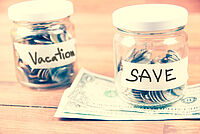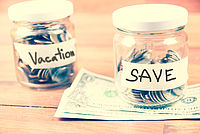1. You think you can predict when the value of a currency will be lower.
FALSE… We hear it all the time. During a particular time of the year, the prices are bound to go up. It applies to gas most of the time during vacations. It would be easy to think that the same would be true about currency exchange. After all, if there is a period when tourism is high, why wouldn’t the currency exchange offices increase their prices for better profits? The truth is, for currency exchange, the spot rate of a currency (its actual value in the economical world) gives the prices of a currency to which financial institutions are going to apply their profit margins. This value changes many times during a day. It can change every single second on a 24/7 basis. Basically, it is absolutely impossible to predict how currency values are going to react during a day. Many factors have to be accounted for in the real currency value like: worldwide debts, economic powers, trading and so many more. Sometimes, currencies do not even react to a major economical event, and sometimes, the smallest event can trigger a massive movement in the currency value. Bottom line is, you cannot predict currency values and even though you can spot some tendencies, they are most likely the result a coincidence.
2. You think you are losing when exchanging.
FALSE… Many people complain that you lose money whenever you do a transaction. The thing you have to understand, however, is that you are not buying cash. You are paying for the service of having your currency exchanged. Since you are dealing with ready cash, you are more aware of the original value of the currency, but it obeys to the same principles as any other good or service in the world. Take for example a table that you buy in a store at $125. The store did not acquire this table for $125 to sell it back at the same price. They apply a margin to it and make sure that on that $125, they make a profit so that they can keep operating. The same can be said for currency exchange offices. We do not get our currencies at the spot rate, and we do not sell them at a spot rate.Otherwise, we could not offer a service. Many factors can change the price of currency at exchange offices, like locations, competitors, reputation of the company, etc. If you are looking for the easiest way possible to get a currency, the airport is the most convenient place. You do a transaction right before your flight and do not need to stress about making another stop on your travelling preparations for currency. Since it is the most convenient option, of course, you will pay more. If you are seeking a better price, then, you are most likely to try and look for a mall or street location where they compete with other exchange offices and have better rates. On a side note, did you know that you can pre-order your currencies on our website without prepayment and get our best rates, no fees? This is a favourite option for those who want the convenience of picking up currency at the airport but want to pay less.
3. You think you get a better rate with a credit card.
FALSE… Most people think they get a better deal when exchanging with a credit card, rather than cash for cash. In today’s world, you probably use your credit card every day and pay at the end of the month. With most major credit cards companies, they even offer fantastic loyalty programs that reward you for making purchases and giving you back points and money. However, did you know that currency exchange does not work that way? In fact, it is the absolute opposite. When you are "buying" cash, your transaction is considered like a cash withdrawal, in other words, like cash advances. In addition to hefty fees, you have interests charged on your card from the moment you do a transaction until you reimburse it whole. Plus, not a single loyalty points will be gained from this type of "transaction". If you are in another country and process a transaction with your credit card, an exchange rate will be applied (usually the one from the bank your card has been issued) as well as retaining a percentage and an operation fee (also varying depending of the bank). The more transactions you do, the higher you will pay in conversion fees. You are better getting cash before leaving for your trip to save on those unnecessary charges.
4. You think the rate you see online is what you should receive from a financial institution.
FALSE… We use Google every day to find any answers we might be looking for. You most likely already have checked how much your currency was worth in another currency and thought that this was going to be what you were going to pay. Then, as you arrived at the financial institution, you do not understand why the price at which the currency is sold is higher than the one you saw on the Web. You might even have attributed the difference to a commission fee from the institution. The truth is that you see the value of a currency on the market at this precise time when you check the Web. Like it has been mentioned earlier, the foreign currency market is complex and is in constant evolution 24 hours a day, 7 days a week. For consistency, most financial institutions change their rates once a day, in the morning, to reflect the currency value at the beginning of the day. The market value that you see on websites such as Google, Xe Currency and many more, are the actual purchase power the currency gives you at the moment you check the Web. Of course, as you already know, currency exchange offices do apply a margin to make profit in order to keep operating, which explains why you will never receive the amount you saw on those websites.
5. You think that the "pricier" the currency, the pricier what you can buy.
FALSE… There are two ways to read a currency rate. In the foreign currency or in the home currency value. For example, we can read 1.30 CAD for 1 USD in a Canadian bank, but we can also notice 0.70 USD for 1 CAD in American institutions. Both rates are the exact same except, they are in two different values which can be confusing. Many people will think that exchanging 1.30 Canadian dollar for 1 American dollar means that they are losing 30 cents for every dollar purchased. That is false. If you ever noticed, prices in USD are rarely higher than prices in CAD, in fact, we might even think that they are lower. For example, a popular video game console in Canada will be priced at 599.99 CAD while the exact same video game console in the USA will be priced 499.99 USD. There is a $100 difference in prices which accounts for a rate of 1.20 CAD for 1 USD. Add to this the fluctuation of the foreign markets and the margins of financial institutions and we are getting closer to the original purchased value. The same exercise can be made with any foreign currency. For example, a loaf of bread that is priced £1 in the United Kingdom will be priced $2 in Canada (which is almost equivalent). Even though the value of a currency varies from country to country, the purchasing power does vary too. You might be thinking that you are paying way more for a currency, but then you realize, that even though you received less cash than what you gave, everything you bought in that country appeared cheaper.

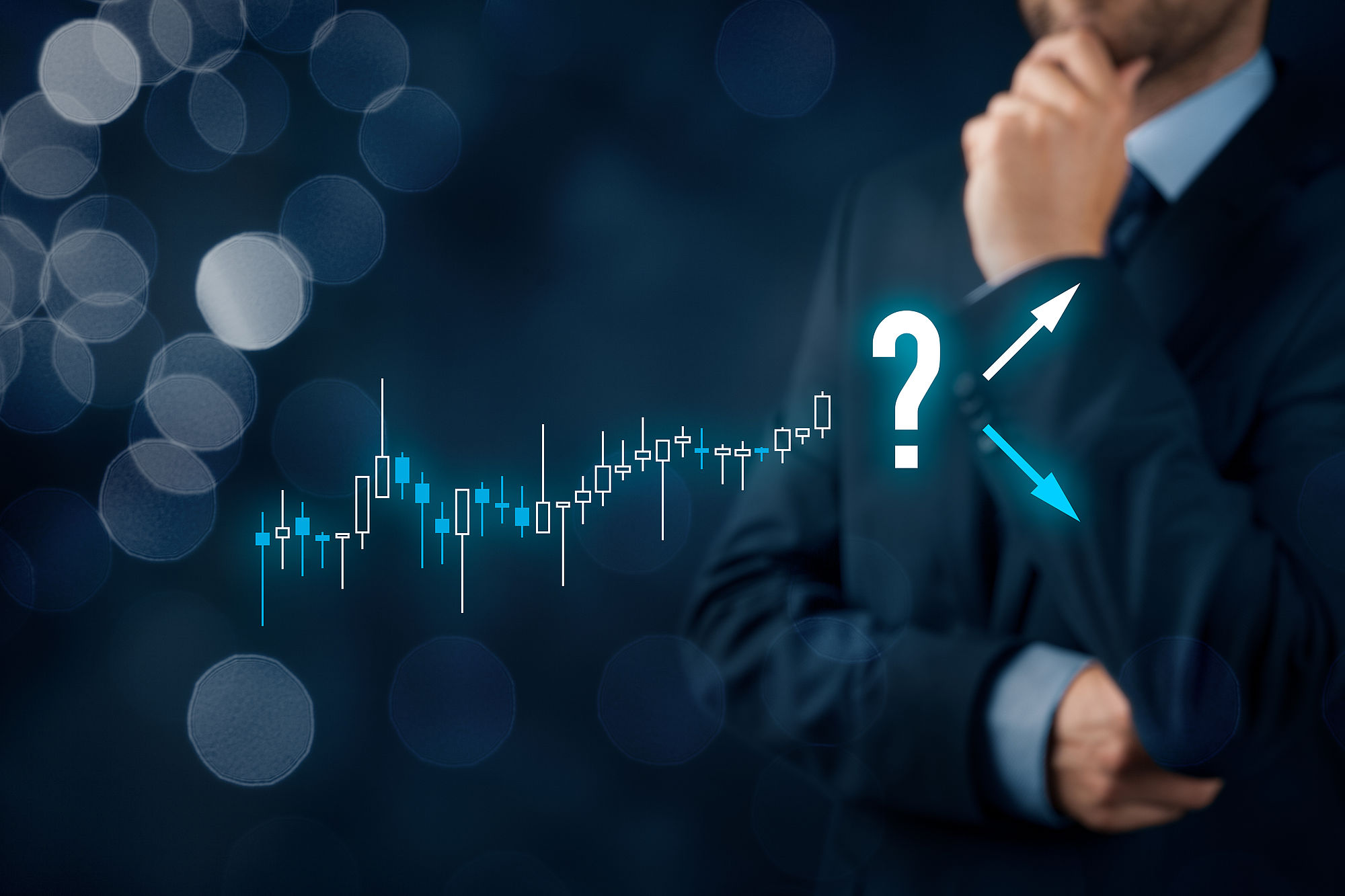
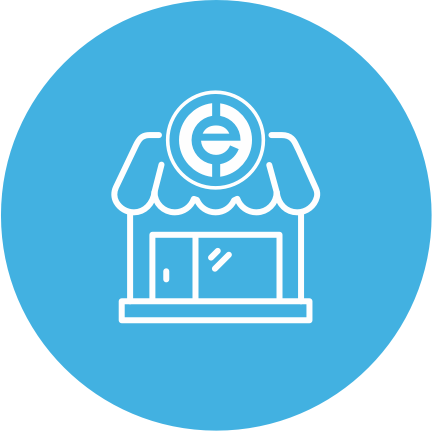
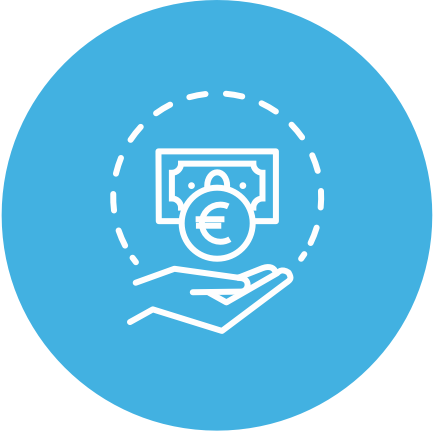
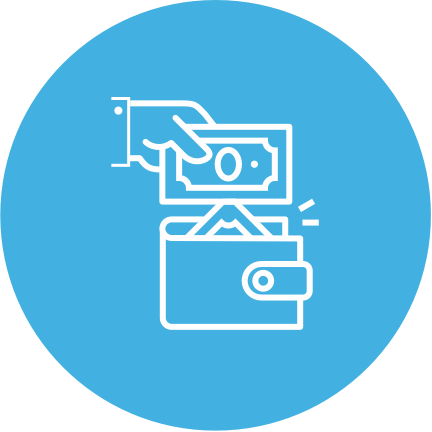
 Keith Senecal
Keith Senecal